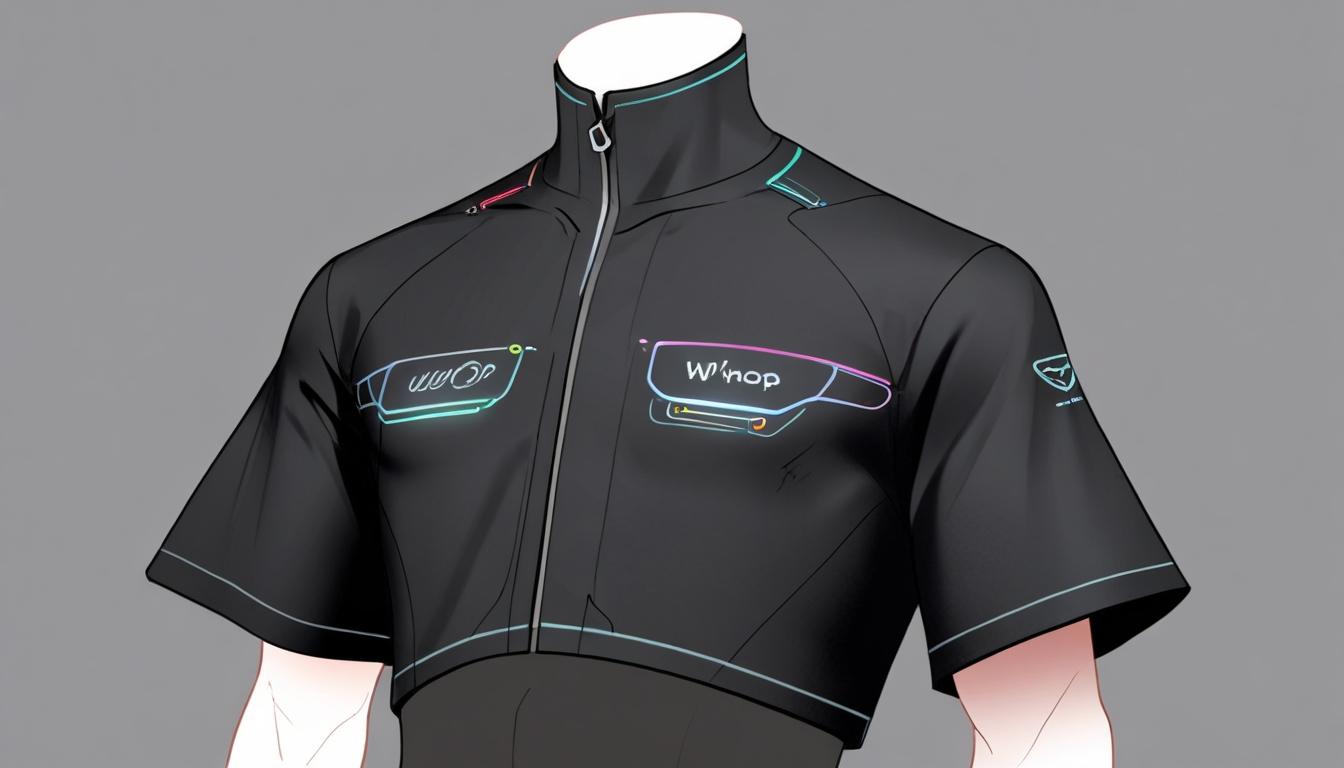WHOOP has recently revealed its most ambitious hardware innovation yet: the WHOOP 5.0 and the groundbreaking WHOOP MG. These devices signify a transformative leap in AI-driven health technology, showcasing the company's commitment to personalised health optimisation.
The WHOOP 5.0 builds upon its predecessor with a remarkably miniaturised sensor, dramatically enhancing comfort without sacrificing accuracy. This is complemented by the WHOOP MG, designed to seamlessly integrate into everyday clothing, including sportswear and underwear, which eliminates the need for traditional wrist-based devices. This advancement signifies a move towards a future where health technology becomes an unobtrusive part of daily life, allowing for continuous physiological monitoring without discomfort or visibility.
Utilising an upgraded biometric engine, the new devices offer advanced metrics such as cardiovascular strain, respiratory rate, and heart rate variability. In a notable shift, WHOOP has introduced a dual-tier membership model—Core and Pro—which provides users with premium benefits including exclusive access to WHOOP apparel for $30 per month. According to CEO Will Ahmed, the aim is to “make WHOOP indispensable for understanding your body,” highlighting the company’s ambition to deeply integrate its technology into users' lifestyles.
The competitive landscape for WHOOP has intensified as both Apple and Google have made substantial investments in health-focused AI and sensor technology. While numerous companies compete in this space, WHOOP focuses primarily on high-performance athletes and health-conscious consumers, enabling a level of personalisation that may not be as feasible for broader market players. The company already counts hundreds of elite athletes and military units among its user base, boasting an impressive average engagement of over five hours per day, indicating a profound behavioural integration into daily routines.
Market analysts predict that the intersection of wearable AI technology and smart textiles could collectively generate revenues of $161.71 billion by 2029. This growth will likely be fueled by an increasing demand for real-time and predictive health insights, a trend that has only intensified in the aftermath of the COVID-19 pandemic and the growing emphasis on proactive wellness strategies. However, despite these promising prospects, WHOOP faces challenges such as concerns over data privacy, market saturation, and a subscription model that may limit adoption outside of elite circles.
Looking to the future, the success of the WHOOP MG line could signal the advent of "invisible" health technology, where smart clothing serves as the new interface for AI-driven wellness. WHOOP's goal is clear: to position itself as the leading AI health platform within an ever-evolving market. Rather than questioning if wearables will continue to evolve, the crucial consideration now is how WHOOP's innovative vision will shape this evolution.
In a further enhancement of its offering, WHOOP has integrated OpenAI's GPT-4 into its technology framework, launching 'WHOOP Coach.' This generative AI feature provides users with tailored health and fitness insights, enabling them to engage in a dynamic dialogue about their wellness needs. Notably, this feature allows users to ask specific questions about their fitness journeys, receiving personalised responses that are grounded in their biometric data. Kristen Holmes, VP of Performance at WHOOP, emphasised the transformative potential of integrating AI language models, suggesting an exciting future where wearable devices deliver highly individualised performance coaching on demand.
Overall, as WHOOP nudges the boundaries of wearable technology with innovative AI integrations, it is poised to redefine the landscape of health and performance monitoring, setting new standards for how individuals interact with their health data.
Reference Map
- Paragraph 1: [1], [2]
- Paragraph 2: [1]
- Paragraph 3: [1], [3], [4]
- Paragraph 4: [1], [6]
- Paragraph 5: [1], [2]
- Paragraph 6: [4], [5]
- Paragraph 7: [6], [7]
Source: Noah Wire Services
